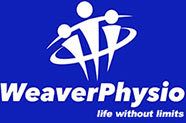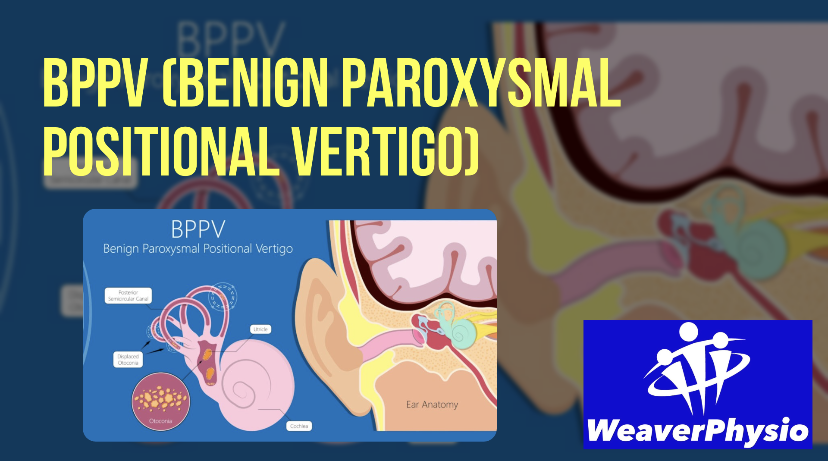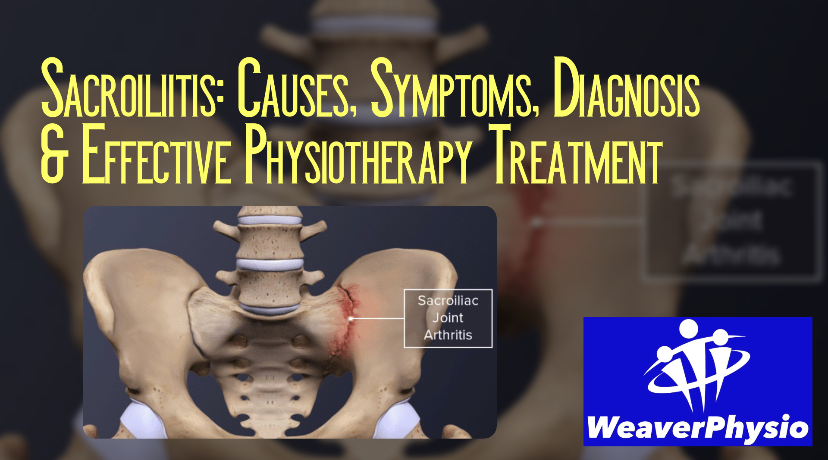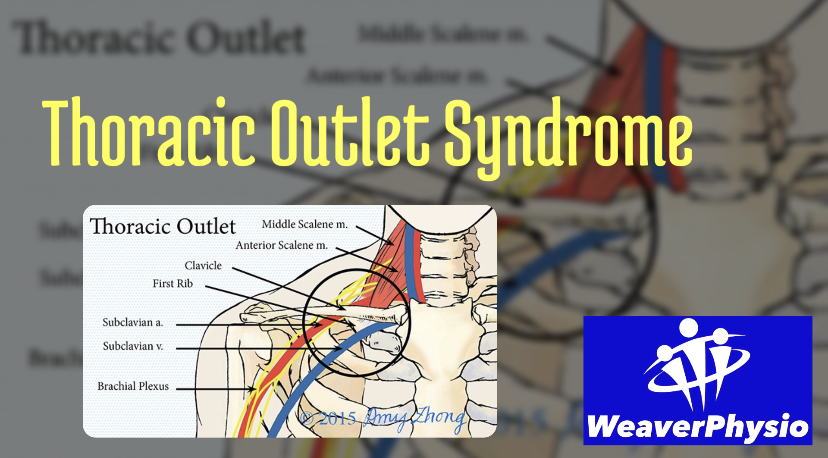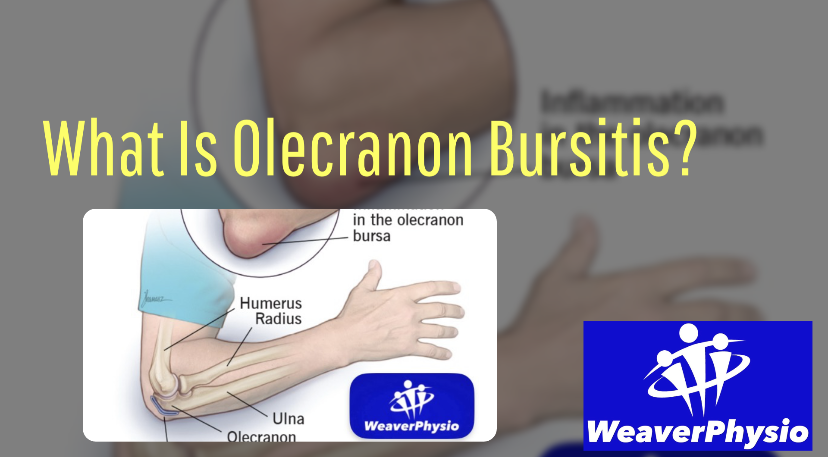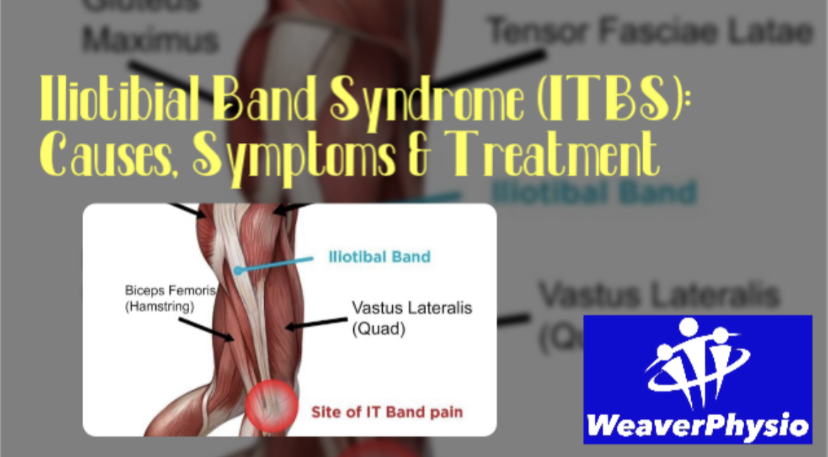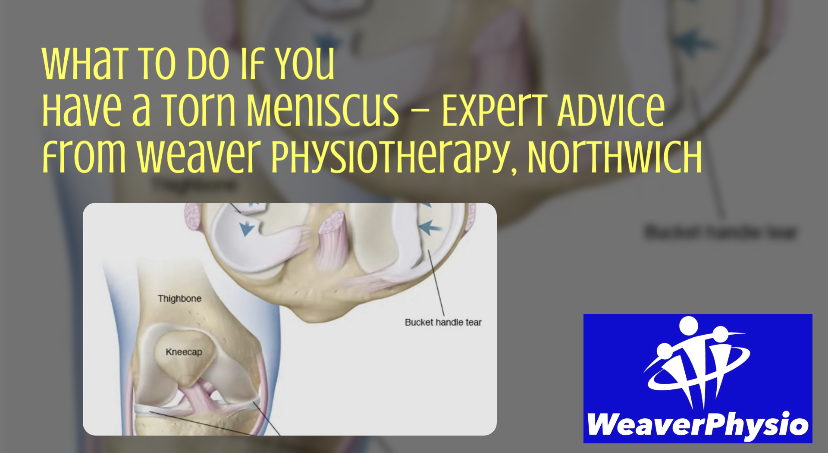Piriformis Syndrome:
Causes, Symptoms, Diagnosis & Treatment | Weaver Physiotherapy & Sports Injury Clinic, Cheshire
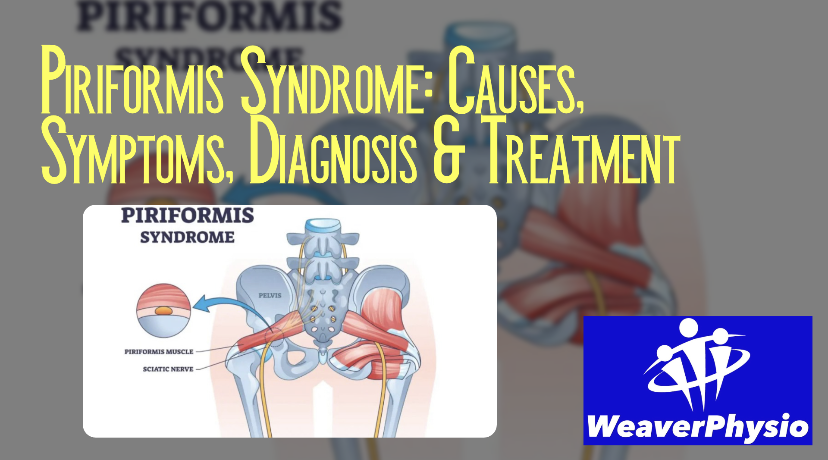
Introduction
Piriformis Syndrome is a relatively common yet often misunderstood condition that causes pain, tingling, or numbness in the buttock and sometimes down the leg. It is frequently mistaken for sciatica or a lumbar disc problem, which can delay accurate diagnosis and treatment. At Weaver Physiotherapy & Sports Injury Clinic in Northwich, Cheshire, our Chartered Physiotherapists specialise in identifying and treating Piriformis Syndrome using a combination of hands-on therapy, exercise rehabilitation, and evidence-based approaches.
In this comprehensive guide, we’ll explore:
• What Piriformis Syndrome is
• The underlying causes and risk factors
• Common signs and symptoms
• How the condition is diagnosed
• Effective physiotherapy treatment options
• Long-term rehabilitation, prevention, and return-to-sport strategies
By the end of this blog, you’ll understand how to recognise Piriformis Syndrome and why expert physiotherapy treatment at Weaver Physio is often the fastest route to recovery.
What is Piriformis Syndrome?
The piriformis is a small, flat muscle located deep in the buttock, running from the sacrum (lower spine) to the top of the femur (thigh bone). Its main roles are:
• External rotation of the hip (turning the leg outwards)
• Assisting in abduction of the thigh when the hip is flexed
• Stabilising the hip joint during walking, running, and weight-bearing activities
Piriformis Syndrome occurs when the piriformis muscle becomes tight, inflamed, or goes into spasm, compressing the sciatic nerve that passes either beneath or, in some people, through the muscle. This nerve compression leads to symptoms that can mimic sciatica, such as radiating pain, numbness, and tingling in the leg.
Causes & Risk Factors of Piriformis Syndrome
There are several reasons why the piriformis muscle may become irritated and compress the sciatic nerve:
1. Overuse Injuries
• Repetitive running, cycling, or long-distance walking
• Sports that involve frequent change of direction (football, rugby, tennis)
• Prolonged sitting for office workers or drivers
2. Muscle Imbalances
• Weak gluteal muscles forcing the piriformis to overwork
• Tight hip flexors and hamstrings altering hip mechanics
• Poor posture or lumbar spine stiffness
3. Direct Trauma
• A fall onto the buttock
• Road traffic collisions
• Repetitive microtrauma from sitting on hard surfaces
4. Anatomical Variations
In around 10–15% of people, the sciatic nerve passes directly through the piriformis muscle, making them more prone to compression and symptoms.
5. Secondary Causes
• Lumbar disc problems altering movement patterns
• Post-surgical changes in hip or pelvis
• Pregnancy-related postural adaptations
At Weaver Physio, our team takes a holistic view of movement patterns to identify which of these factors may be driving your symptoms.
Symptoms of Piriformis Syndrome
Symptoms can range from mild discomfort to severe nerve pain. The most common signs include:
• Buttock Pain: Deep, aching pain often described as “sitting on a golf ball.”
• Sciatic-like Symptoms: Radiating pain, tingling, or numbness down the back of the thigh, calf, or foot.
• Aggravated by Sitting: Pain worsens when sitting for long periods, particularly on hard chairs or during driving.
• Pain with Hip Movements: Rotating the hip outward or climbing stairs can provoke symptoms.
• Relief with Movement: Gentle walking or standing may ease discomfort compared to static sitting.
These symptoms often overlap with true sciatica caused by lumbar disc herniation, which is why accurate assessment by a physiotherapist is essential.
Diagnosis of Piriformis Syndrome
Diagnosing Piriformis Syndrome can be challenging because it shares features with lumbar spine conditions, sacroiliac joint dysfunction, and hip pathology.
At Weaver Physiotherapy & Sports Injury Clinic, our Chartered Physiotherapists use:
1. Detailed Clinical Assessment
• Medical history (onset, aggravating factors, sports participation, lifestyle)
• Functional movement assessment
• Palpation of the piriformis muscle and surrounding tissues
2. Special Physiotherapy Tests
• FAIR Test (Flexion, Adduction, Internal Rotation): Pain reproduced when the hip is placed in this position indicates piriformis involvement.
• Freiberg’s Test and Pace’s Sign: Assess muscle tightness and nerve compression.
3. Exclusion of Other Conditions
• Neurological testing to rule out disc prolapse or spinal stenosis
• Hip mobility checks for arthritis or labral tears
4. Imaging (If Necessary)
MRI or ultrasound may occasionally be used, but Piriformis Syndrome is primarily a clinical diagnosis based on expert physiotherapy assessment.
Physiotherapy Treatment for Piriformis Syndrome
At Weaver Physio, we offer a wide range of evidence-based treatments to relieve pain, restore mobility, and prevent recurrence.
1. Pain Relief & Manual Therapy
• Soft Tissue Release & Sports Massage: Reduces muscle tightness and spasm in the piriformis.
• Trigger Point Therapy: Targets deep-seated tension points.
• Joint Mobilisations: Improve hip and lumbar spine movement to reduce compensatory strain.
• Dry Needling / Acupuncture: Reduces pain and muscle spasm effectively.
2. Stretching & Mobility Work
• Piriformis stretches (lying, seated, and standing variations)
• Hip flexor and hamstring stretches
• Lumbar spine mobility drills
3. Strengthening Exercises
• Glute activation: Bridges, clamshells, single-leg hip thrusts
• Core stability: Planks, dead bugs, bird-dogs
• Hip stabilisation: Lateral band walks, step-downs
These exercises rebalance muscle function, offloading the piriformis.
4. Shockwave Therapy (For Chronic Cases)
At Cheshire Shockwave Therapy Clinic, part of Weaver Physio, we use extracorporeal shockwave therapy to treat stubborn piriformis-related pain. This stimulates healing and reduces chronic muscle tightness.
5. Postural & Ergonomic Advice
• Adjusting sitting posture for office workers
• Driving position modifications
• Sports technique corrections (running gait analysis available at Weaver Physio)
6. Gradual Return to Sport
Once pain is controlled, we build a graded loading program for safe return to running, gym training, or sport.
Self-Management Strategies for Piriformis Syndrome
Alongside physiotherapy, patients can help their recovery with:
• Heat therapy to relax muscle tightness
• Foam rolling the glutes and hips (avoiding direct pressure on the nerve)
• Activity modification – reducing aggravating activities temporarily
• Regular stretching routine to maintain flexibility
• Strength and conditioning focusing on glutes and core
Recovery Time: How Long Does Piriformis Syndrome Last?
Recovery varies depending on severity, cause, and how quickly treatment is started:
• Mild cases: 2–4 weeks with physiotherapy and exercise
• Moderate cases: 6–8 weeks, especially if linked to muscle imbalance
• Chronic cases: Several months if left untreated
The good news is that with expert physiotherapy at Weaver Physio, most patients recover fully and return to normal activities without recurrence.
Preventing Piriformis Syndrome
Prevention is always better than cure. Our physiotherapists recommend:
• Regular glute strengthening and core stability training
• Avoiding prolonged sitting or taking frequent breaks
• Proper warm-up and cool-down before sports
• Incorporating mobility work into weekly training routines
• Professional running gait analysis to correct biomechanical inefficiencies
At Weaver Physio in Northwich, we offer specialist services such as Runner’s MOT and Biomechanical Assessments to identify risk factors early.
Why Choose Weaver Physiotherapy for Piriformis Syndrome Treatment?
• 70+ years of combined clinical experience in musculoskeletal physiotherapy
• Trusted across Northwich, Knutsford, Winsford, Middlewich, Frodsham, and wider Cheshire
• Specialist services including Sports Injury Rehabilitation, Shockwave Therapy, Acupuncture, and Gait Analysis
• Personalised care plans tailored to your lifestyle, goals, and activity level
• Proven track record in treating athletes, office workers, and everyday patients
Our approach goes beyond pain relief – we focus on long-term prevention, performance optimisation, and helping you live pain-free.
When to Seek Help
Seek professional physiotherapy assessment if you experience:
• Persistent buttock pain lasting more than 2 weeks
• Sciatic-type symptoms aggravated by sitting or driving
• Pain interfering with sleep, work, or sport
• Recurring flare-ups despite self-treatment
Early intervention ensures quicker recovery and prevents long-term issues.
Conclusion
Piriformis Syndrome is a frustrating condition that can mimic sciatica and disrupt daily life, training, and sport. Fortunately, with expert assessment and treatment, recovery is very achievable.
At Weaver Physiotherapy & Sports Injury Clinic, our Chartered Physiotherapists provide comprehensive, evidence-based care to relieve pain, restore function, and prevent recurrence. Whether you’re a runner, athlete, office worker, or simply someone struggling with persistent buttock pain, we are here to help.
👉 Call 01606 227484 or visit http://www.weaverphysio.com to book your appointment today.

